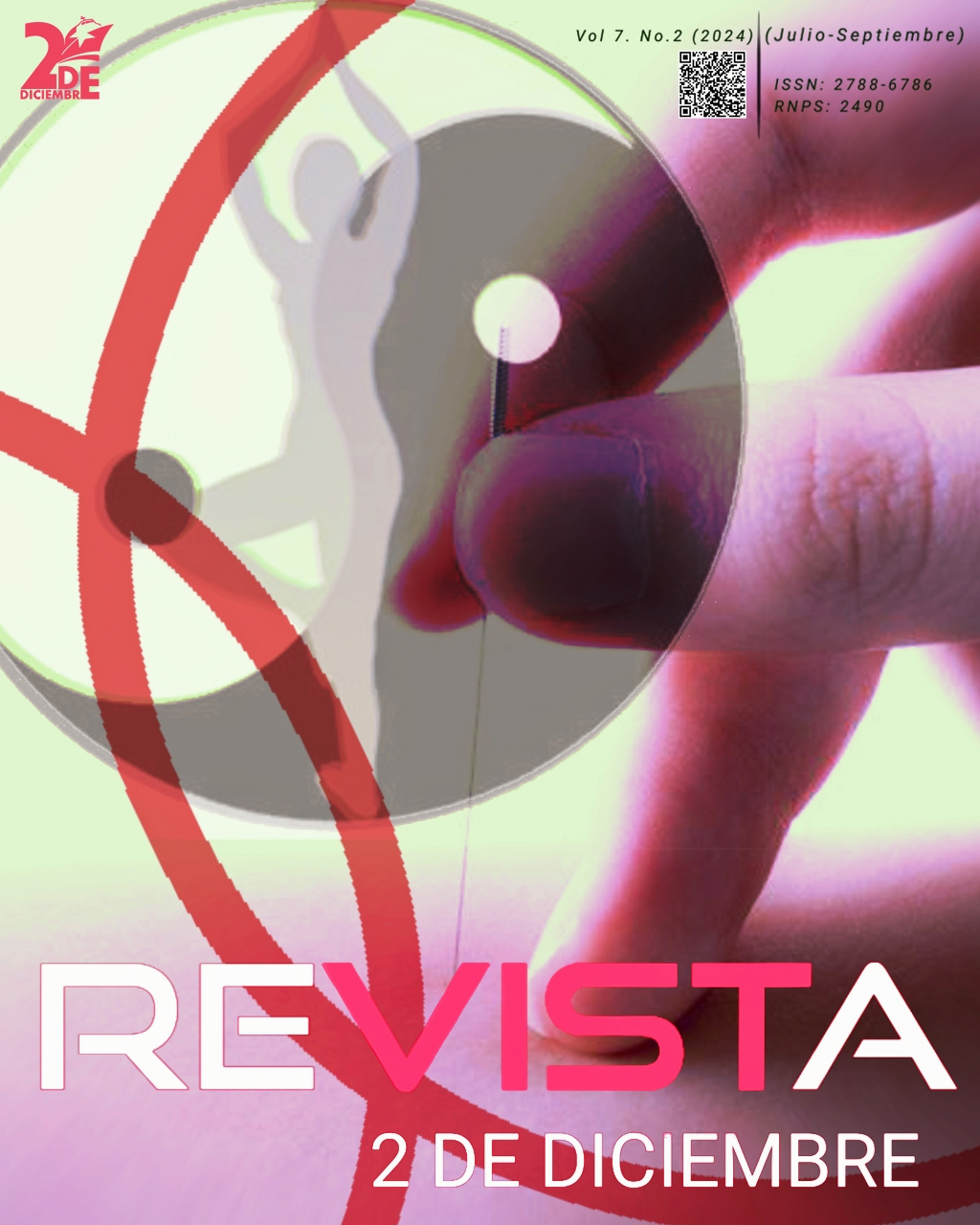Bioparameters in patients undergoing upper limb surgery under intercalenic brachial plexus block
Keywords:
Interscalene Block, Upper Limb Surgery, Brachial Plexus, Vital Parameters.Abstract
Introduction: brachial plexus block is the most used anesthetic method in surgical procedures of the upper limbs. It is probably the most studied non-neuraxial regional anesthesia technique. Objective: To evaluate the behavior of bioparameters in upper limb surgeries under interscalene brachial plexus block. Method: a quantitative, prospective, longitudinal, observational and descriptive study was carried out at the Celia Sánchez Manduley Hospital in Manzanillo between 2019 and 2023, the universe included 23 patients. Theoretical, empirical and statistical-mathematical methods were used. Results: ages between 41 and 50 years, male sex and physical status II predominated. The main comorbidities are smoking, high blood pressure and bronchial asthma. Humerus fracture and shoulder instability were the surgical pathologies that affected the patients. Heart rate, % SpO2, and systolic and diastolic blood pressure intraoperatively and postoperatively behaved with minimal alterations arising from the application of the anesthetic method. The main complications, high blood pressure, mild sinus tachycardia, recurrent laryngeal nerve block and Horner's syndrome. The values of the bioparameters according to the anesthetic agent used, behaved in normal values, with predominance of the use of lidocaine. Conclusions: the behavior of bioparameters was evaluated in patients undergoing upper limb surgery under interscalenic brachial plexus block. According to the scale used, the largest number of patients presented normal values in the results of their bioparameters.
Downloads
Downloads
Published
How to Cite
Issue
Section
License
Copyright (c) 2024 Geosdeyver López Torres, Rolando Javier Álvarez Pérez, Ivanis Idael Corría Milán, Yordanis Tamayo Castro, Salvador Rosales Cambra

This work is licensed under a Creative Commons Attribution-NonCommercial 4.0 International License.
Authors who have publications with this journal agree to the following terms: authors retain their copyright and grant the journal the right of first publication of their work, which is simultaneously subject to the Creative Commons Attribution-NonCommercial 4.0 International License that allows third parties to share the work as long as the author and first publication in this journal are indicated, for non-commercial use. Authors may adopt other non-exclusive license agreements for distribution of the published version of the work (e.g., depositing it in an institutional telematic archive or publishing it in a monographic volume) as long as the initial publication in this journal is indicated. Authors are allowed and encouraged to disseminate their work via the Internet (e.g., in institutional telematic archives, in their web page or in Pre-print servers) before and during the submission process, which can lead to interesting exchanges and increase citations of the published work. (See The Open Access Effect).







